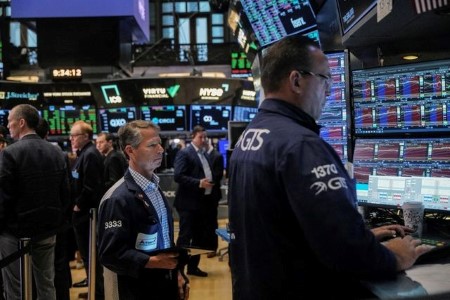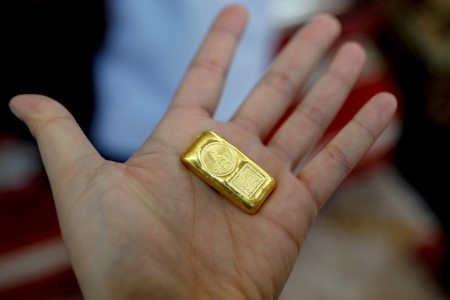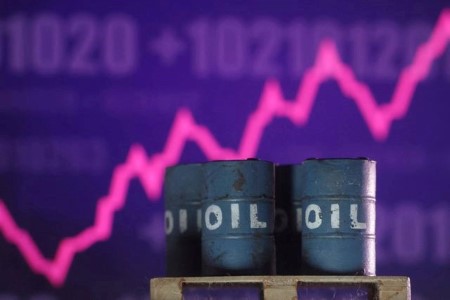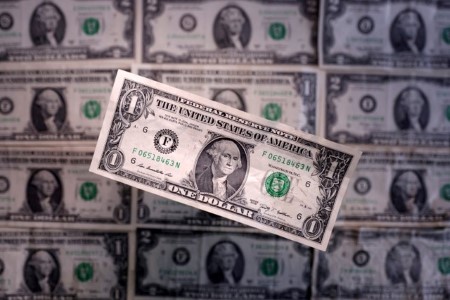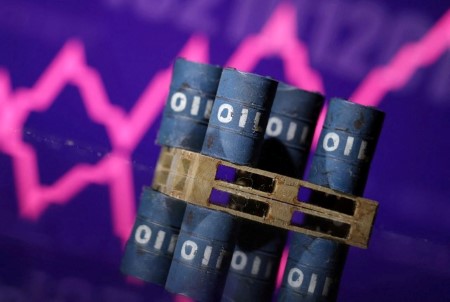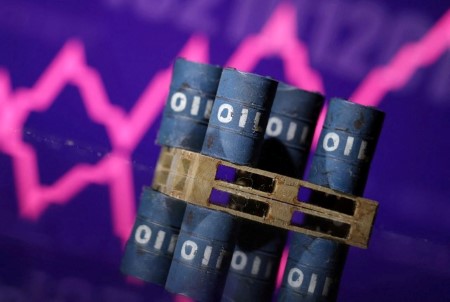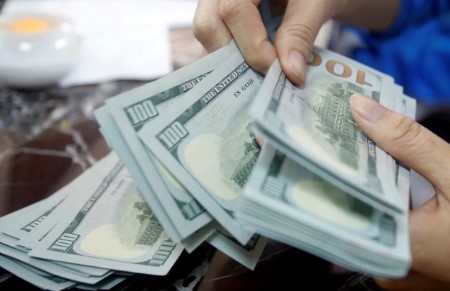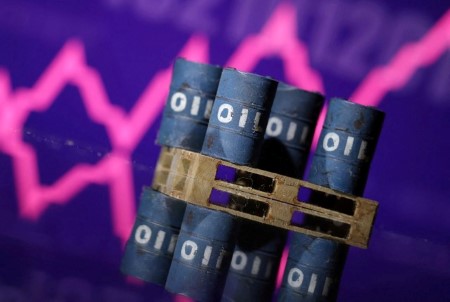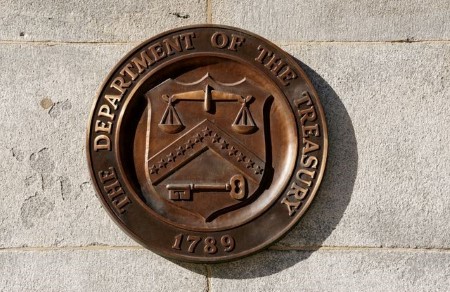NEW YORK – The S&P 500 and Nasdaq reached record closing highs on Monday, capping their best quarter in over a year as hopes for trade deals and possible rate cuts eased investor uncertainty.
Both indexes ended the quarter with double-digit gains. The S&P 500 gained 10.57% during the period, the Nasdaq rose 17.75%, and the Dow climbed 4.98%. The Russell 2000 Small Cap index rose 8.28% in the quarter.
Still, the three main indexes posted their weakest first-half performances since 2022, as the uncertainty around trade policy has kept investors wary during the year, with tensions peaking after President Donald Trump disclosed widespread tariffs on April 2.
Trade deals with China and the UK have fueled optimism that an all-out global trade war can be minimized, with hopes for more deals to be reached before Trump’s July 9 trade deadline.
The end of the quarter was also influenced by managers tweaking their portfolios to look more attractive at quarter-end.
“Animal spirits seem to have taken hold here,” said Roy Behren, co-president of Westchester Capital management fund. “It is also quite common for the last couple of days of a quarter to see strength because of the window dressing.”
On Sunday, Canada scrapped its digital services tax targeting US tech firms, just hours before it was due to take effect, in a bid to advance stalled trade negotiations with the United States.
But US Treasury Secretary Scott Bessent warned on Monday that countries could still face sharply higher tariffs on July 9 even if they are negotiating in good faith, and any potential extensions will be up to Trump.
Meanwhile, US Senate Republicans will try to pass Trump’s sweeping tax-cut and spending bill, despite divisions within the party about its expected USD 3.3 trillion hit to the USD 36.2 trillion national debt. Trump wants the bill passed before the July 4 Independence Day holiday.
Key economic data releases this week include monthly non-farm payrolls and the Institute for Supply Management’s survey on manufacturing and services sectors for June.
Several US central bank officials, including Federal Reserve Chair Jerome Powell, are scheduled to speak later this week.
A raft of soft economic data and expectations that Trump will replace Powell with someone dovish have pushed up bets of rate cuts from the Fed this year.
On Monday, nine of the 11 S&P indexes closed up. The Dow Jones Industrial Average rose 275.50 points, or 0.63%, to 44,094.77, the S&P 500 gained 31.88 points, or 0.52%, to 6,204.95, and the Nasdaq Composite gained 96.28 points, or 0.48%, to 20,369.73.
Shares of big US banks rose after most cleared the Federal Reserve’s annual “stress test,” paving the way for billions in stock buybacks and dividends.
Leading the S&P 500 were Hewlett-Packard Enterprise, up 11.1 %, First Solar up 8.8 %,and Juniper Networks up 8.45 %.
“The current rally was driven by a few heavyweight stocks that drove indexes up, giving the market a sense of optimism despite rising deficit and unresolved policy issues,” said Cole Smead, CEO and portfolio manager of Smead Capital Management.
“The stock market doesn’t seem to care at all, people think this party is going to go on forever,” he said. “I think this game is over. It’s just a matter of when and how bad it gets.”
Volume on US exchanges was 17.12 billion shares, compared with the 18.23 billion average for the full session over the last 20 trading days.
(Reporting by Sabrina Valle in New York; Additional reporting by Sruthi Shankar and Nikhil Sharma in Bengaluru; Editing by Devika Syamnath and Matthew Lewis)






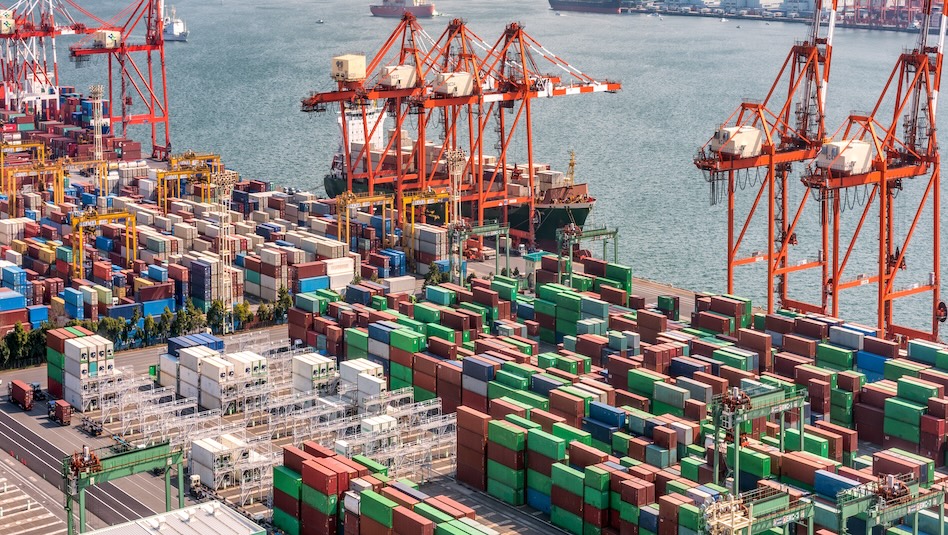
 DOWNLOAD
DOWNLOAD




